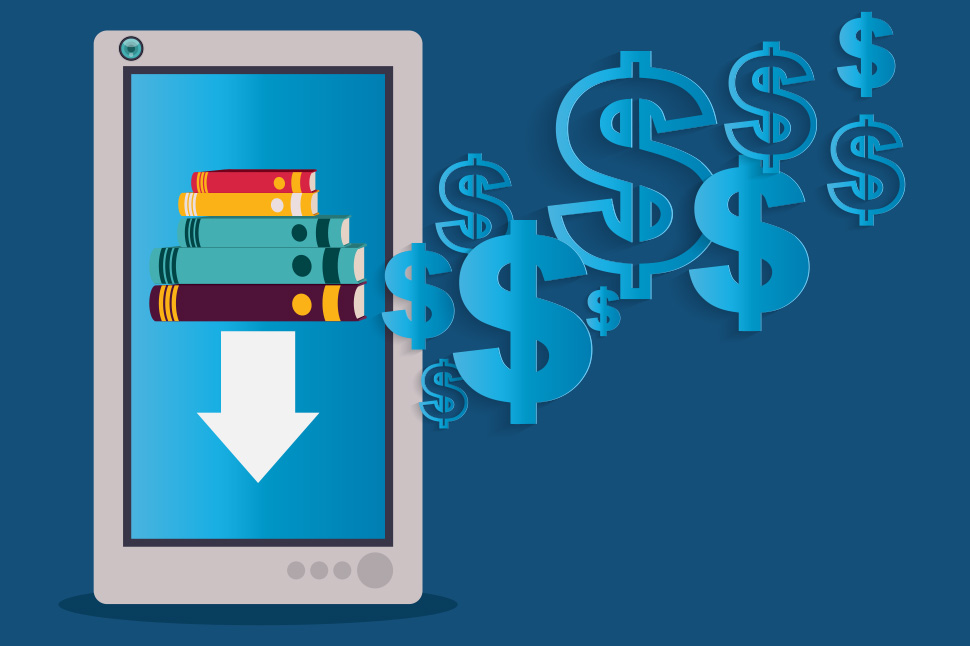
Perhaps it’s easy for me to say, being out of the ebook pricing wars now (i.e., safely retired), but much of the publisher angst over ebook pricing terms to libraries strikes me as responding to problems that haven’t yet materialized, and in fact may not. Further, it has led to policies that alienate a market segment that is more important than ever to the success of our books.
Some of that anxiety has been over fear of being locked into terms that might prove economically unviable. That is, of course, a legitimate concern. We could argue, however, that earlier in the life of a technology is, in fact, the best time to experiment. There is much to be learned, and less to lose, in trying out as many business models as possible.
When that model is one-patron-at-a-time usage, there is little difference between a hard copy book and its ebook equivalent, other than wear and tear. Even that issue tends to be overstated. For one thing, cast your mind back to when the library book you checked out had a pocket and cards in its front cover. Rarely did you see a book that needed significant repairs until one or more cards were fully stamped on both sides.
Where there is a true opportunity for lost revenue is with long-tail bestsellers, a not very common phenomenon when measured against the vast numbers of books published each year. When challenged, at my former place of work, to justify not attaching a 24-circulation limit (say) on our books, several reasons came immediately to mind.
Once past the top bestsellers, all ebook acquisition is discretionary. In the event that a midlist title was lucky enough to see 24 circulations, pulling the plug ran the risk that the money would be used not to repurchase that title, but to secure another copy of a current bestseller. The discovery benefit of being in a library’s collection would be lost, while realizing no additional revenue.
With bestsellers, the demand is greatest in the first months of publication. We all know that. The only protection a library has against long hold lists and angry patrons is to secure as many copies of the book as it can afford. The fact that the ebook files don’t degrade the same way that hard copy books do is immaterial, except in the case of Harry Potter and similar series that will be in demand for years. As we had only a few titles that saw very high levels of demand for a very long time, our decision was to not let the tail wag the dog. For publishers like Scholastic, for instance, who rely on long-tail series, the decision is admittedly harder.
A counterproductive model
I can understand the temptation for publishers who are heavily dependent on current bestsellers to up-price e-titles for libraries. When that pricing is tied to a multi-user model, there is certainly justification. With a one-patron-at-a-time model, however, it can be seen as gouging. Many librarians have pointed out to me that tying up so much of the budget on high-priced bestsellers has limited their opportunity to purchase midlist titles, even from the publisher involved. That, to me, seems counterproductive.
Recent events with the subscription service format have shown the importance of (ultimately) getting to the right economic formula. Still, the experience with my former employer has been that the time for exploring every opportunity is before the stakes get too high. On balance, I think that my employer benefited from an openness to exploring all opportunities, including library system–hosted platforms. The implementation of the Califa Library Group, NC Live, and Douglas County (Colo.) Libraries hosting of ebooks has worked surprisingly smoothly.
It will be interesting to see the pricing wars continue to play out, and I’ll keep watching, even in retirement.
